-
×
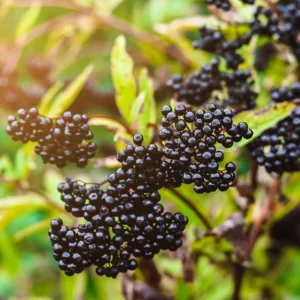 3 American Elderberry Bushes Live, Size 6-12 Inch Tall, Black Elderberry Plants Live For Outdoor
$36.99
3 American Elderberry Bushes Live, Size 6-12 Inch Tall, Black Elderberry Plants Live For Outdoor
$36.99 -
×
 Pack 12 Blue Purple Violet Plants Live, Violet Plants for Garden Planting, Vibrant Blue Purple Colored Flowers
$18.99
Pack 12 Blue Purple Violet Plants Live, Violet Plants for Garden Planting, Vibrant Blue Purple Colored Flowers
$18.99 -
×
 Blood Orange Tree Live Plant, Grafted Citrus, 2 Feet Tall in 1 Gallon Pot for Full Sun
$129.99
Blood Orange Tree Live Plant, Grafted Citrus, 2 Feet Tall in 1 Gallon Pot for Full Sun
$129.99
Up to - 28%
2 Butterfly Milkweed Plants, Tropical Milkweed Live Plants, Milkweed Plants For Planting From 5 To 7 Inches Height Bareroots
Original price was: $35.98.$25.98Current price is: $25.98.
Attract butterflies with these live Butterfly Milkweed Plants. Includes 2 Tropical Milkweed bareroots, 5-7 inches tall, ready for planting. Essential for monarch butterfly conservation.
Out of stock
Estimated arrival
Dec 20
Dec 25 - Dec 27
Dec 30 - Jan 03
Shipping and return policies: Our 30-Day Plant Health Guarantee covers issues with your plants within the first 30 days. Get in touch with us via email, and our team will review your concerns and, if necessary, provide you with a one-time replacement at no cost.

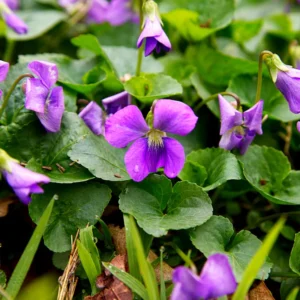 Pack 12 Blue Purple Violet Plants Live, Violet Plants for Garden Planting, Vibrant Blue Purple Colored Flowers
Pack 12 Blue Purple Violet Plants Live, Violet Plants for Garden Planting, Vibrant Blue Purple Colored Flowers  Blood Orange Tree Live Plant, Grafted Citrus, 2 Feet Tall in 1 Gallon Pot for Full Sun
Blood Orange Tree Live Plant, Grafted Citrus, 2 Feet Tall in 1 Gallon Pot for Full Sun 
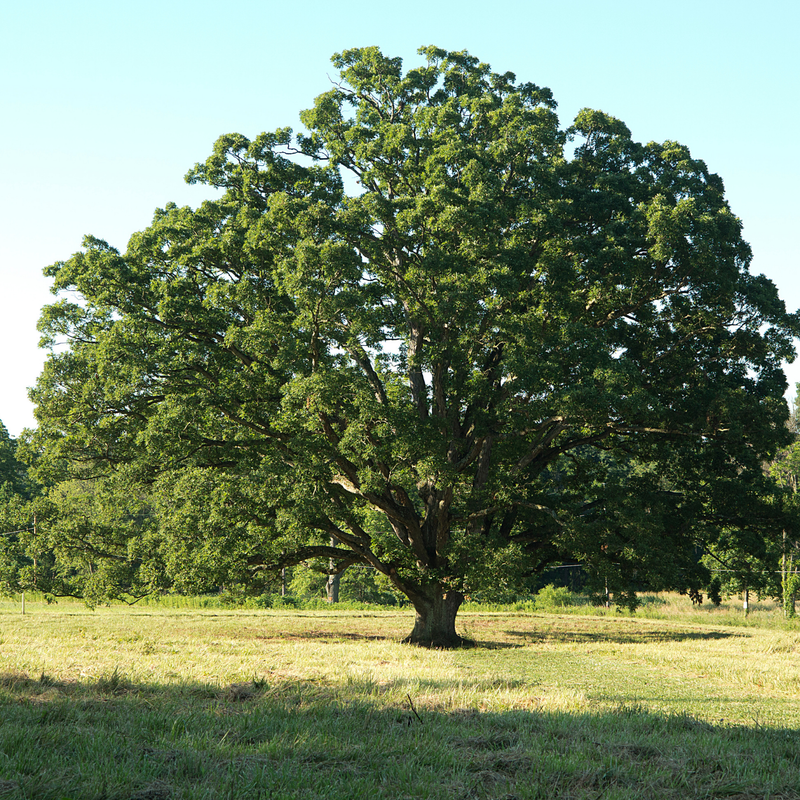















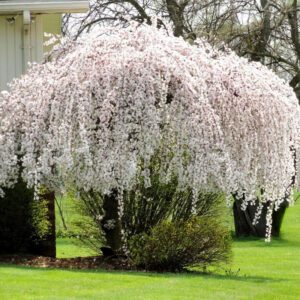
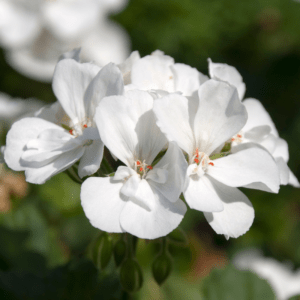
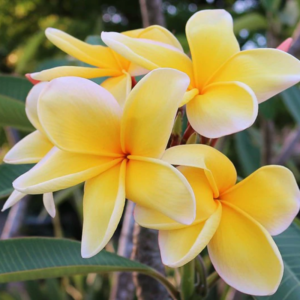
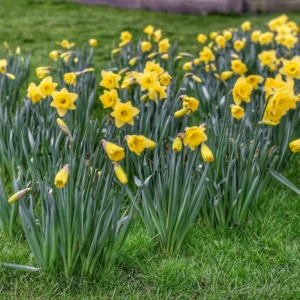



Reviews
There are no reviews yet.